From timeless love stories to political satire to vital non-fiction, here’s a reading list we recommend for anyone in their teens.
- The Outsiders by S.E. Hinton (1967

Long before Twilight or The Hunger Games, a schoolgirl named Susan was quietly inventing the YA genre by writing gripping novels of high school’s fearsome social hierarchies. The Outsiders was published when she was still just 18 – three years after she started it – and examines the gulf that has fuelled high school movies ever since: that between rich kids and poor ones.
The working class ‘greasers’ and the well-to-do ‘socs’ are portrayed through the eyes of sensitive greaser provocateur, Ponyboy Curtis. Danger, drama and loyalties collide in a story that wholly excludes adults from the narrative.
2. Catcher in the Rye by J. D. Salinger (1951)
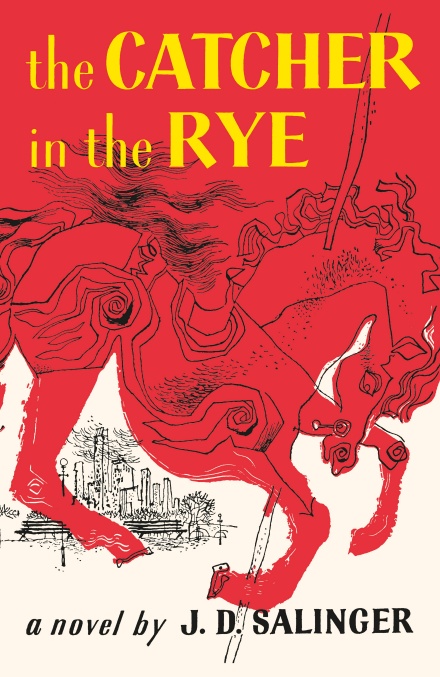
For almost 70 years, JD Salinger’s Holden Caulfield has been a defining voice of (particularly male) teenage angst. A 17-year-old New Yorker with a problem with authority, Holden is chucked out of school and sets out in search of some spiritual truth as he rails against the ‘phoniness’ of adult life.
Catcher in the Rye remains one of the books that adolescents first fall in love with, capturing the uniquely human need for connection in a complex world, a book that perfectly encapsulates what it is to be young, sensitive and lost. It is also a book that, for many young readers, awakens them to the possibilities of literature.
3. Nineteen Eighty-Four by George Orwell (1949)
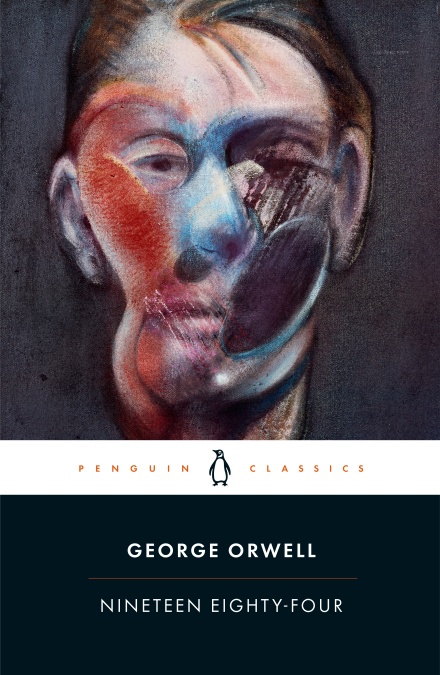
Paranoia, propaganda and a state of perpetual war form the backdrop to Orwell’s dystopian vision of a totalitarian future. In Nineteen Eighty-Four, the population is constantly monitored and manipulated in what Italian essayist Umberto Eco called ‘not negative utopia, but history.’
Written in 1948, the book’s ongoing relevance is demonstrated by the extent to which its concepts and terminology – Big Brother, Newspeak, DoubleThink – have seeped into our language. It teaches the importance of critical thinking and how everyone should rail against the machine. And, perhaps most presciently in our age of social media, how technology can be used for control.
4. Women, Race & Class by Angela Y Davis (1981)
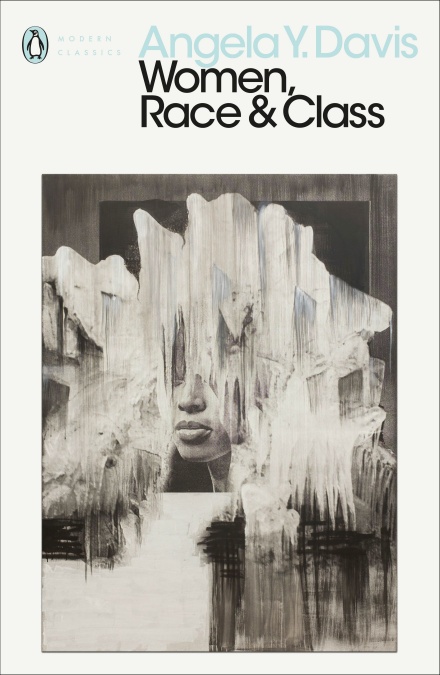
The word ‘intersectionality’ may have come into popular use in the wake of Twitter-era feminism, but writer and activist Angela Y Davis was placing the women’s liberation movement through the prism of race and class a decade before most Gen Z readers were born in Women, Race & Class.
Davis tells the stories of the women’s suffrage movement and abolition simultaneously, giving a vital version of social and political history while pointing out the prejudice inherent to white feminism and telling the stories of pioneering black women.
5. Love in the Time of Cholera by Gabriel Garcia Marquez (1985)
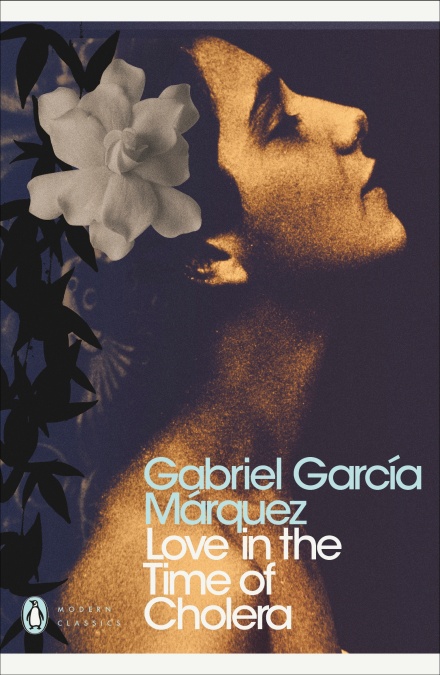
This, simply, is one of the greatest love stories ever put to paper. It is so beautifully written that it transports you to another dimension, evoking an unrequited passion so powerful that it ties two people’s lives together for half a century.
In their youth, Florentino Ariza and Fermina Daza fall desperately in love. When, then, Fermina eventually chooses to marry a wealthy, well-born doctor, Florentino is devastated. But he never gives her up. In a time of Tinder, where modern dating moves at such a bewildering pace, it stokes the heart to immerse yourself in a world where love at first sight trumps loves at right swipe.
6. The Bloody Chamber and Other Stories by Angela Carter (1979)
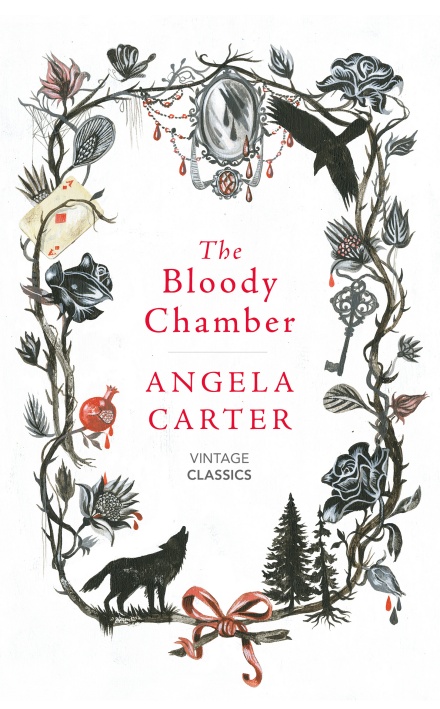
Think you know fairytales? Think again. Magical realist writer Angela Carter re-casts Little Red Riding Hood, The Snow Child (which inspired Disney’s Frozen) and Puss-in-Boots in new, dark and sexualized ways in this collection of short stories. The titular story is a particularly twisted one, in which a young woman discovers that her mysterious new husband is, in fact, a serial killer. Feminism, the power of women and the all-too-familiar ritual of femicide run through Carter’s glib and gothic retellings, making The Bloody Chamber an entertaining rattle through far more pressing matters than folklore.
7. On the Road by Jack Kerouac (1957)
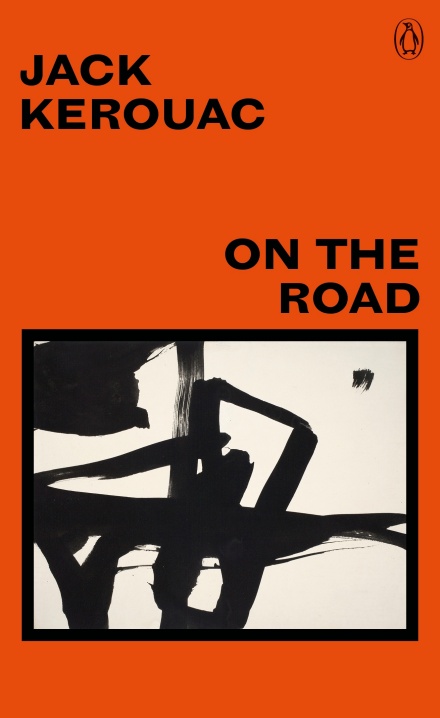
This book has probably shaped more teenage attitudes towards travel, writing and even life itself than any other. Whether you read it in 1957 or 2020, On The Road is the quintessential coming of age novel. Long before air travel was commercially viable for most Americans, Kerouac tapped into peoples’ romantic imaginings of life on the open road.
Sal Paradise, a young innocent, joins his hero, the mystical traveller Dean Moriarty, on an exhilarating ride across the United States and back again. Rich with hedonistic adventures such as riding freight trains, hanging out with hobos and drinking red wine under the moon, On the Road offers a definition of youthful lust for life: sex, drugs and one hell of a lot of jazz.
8. The Song of Solomon by Toni Morrison (1977)
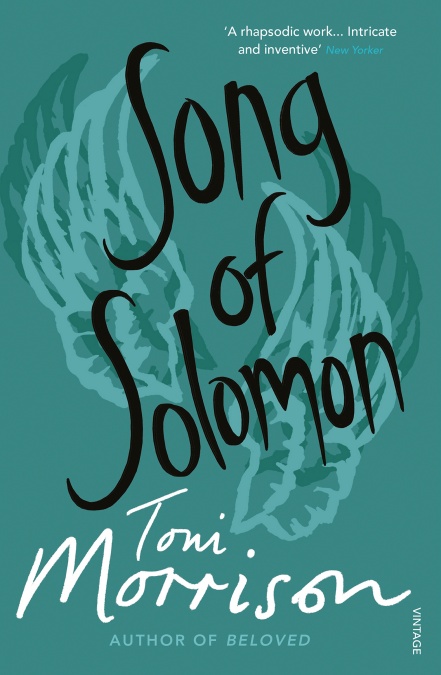
‘I remember reading The Song of Solomon when I was a kid and not just trying to figure out how to write, but also how to be and how to think,’ said Barack Obama when awarding Morrison with the Presidential Medal of Freedom in 2012.
Set first in Michigan then across wider America, The Song of Solomon traces the growing up of Macon Dead, otherwise known as Milkman, as an African American in search of a better understanding of his heritage. This was the novel that placed Morrison (belatedly) on the map, and its original approach to slavery makes it essential more than 40 years on.
9. Zen and the Art of Motorcycle Maintenance by Robert Pirsig (1974)
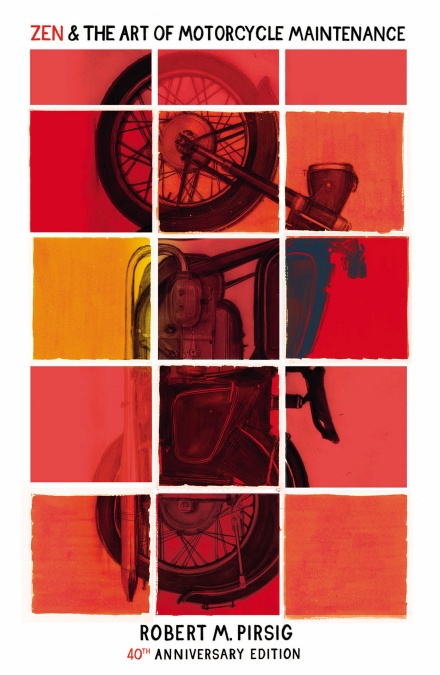
When ZATAOMM exploded onto the American literary scene in 1974, many thought it one of the most exciting books in the history of American letters. That’s in spite, however, of Pirsig’s manuscript being rejected by more than 100 publishers before it finally got snapped up – and went on to sell a million copies in its first year.
Why such a hard sell initially? Well, Pirsig’s novel is thick with ideas and discussion, earning it comparisons to a philosophy textbook. If that’s offputting, it’s worth knowing that ZATAOMM is, at heart, a father-son narrative about life on the road. Read it for a moving and penetrating meditation on how we live… and on how to live better.
10. A Room of One’s Own by Virginia Woolf (1929)

It was nearly a century ago that master of Modernism Virginia Woolf published the stirring lectures she gave at Newnham and Girton Colleges, Cambridge, and yet her words retain their potency and determination even now. The title borrows from the lecture-cum-essay’s greatest takeaway: that ‘a woman must have money and a room of her own if she is to write fiction’ – ideally one with a lock and key.
During the course of this essential feminist text, Woolf examines the women who have been lost to history, and the difference their voices would have made to the wider historical narrative. She posits, famously, Shakespeare’s sister Judith, who could have been as great as the Bard had she been sent to school, rather than kept at home – much like Woolf. This is a piece of non-fiction that will make you feel lucky to read and, quite possibly, inspired to write.

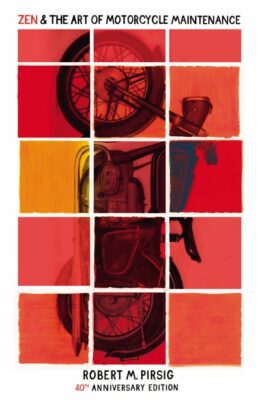
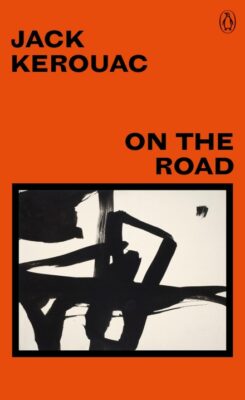

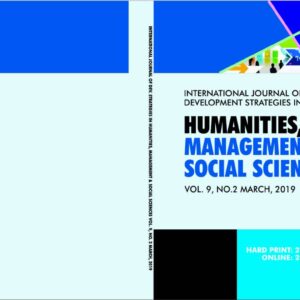
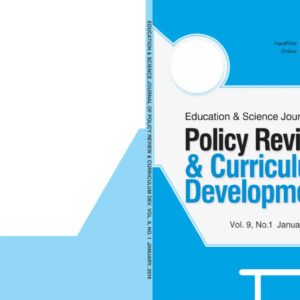


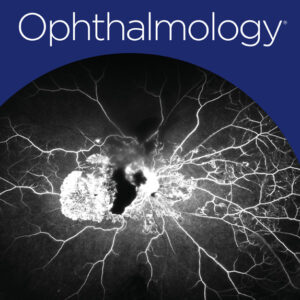





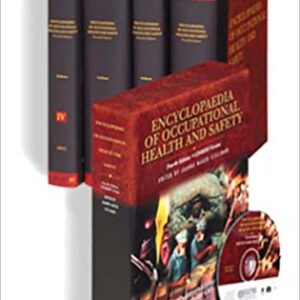

Recent Comments